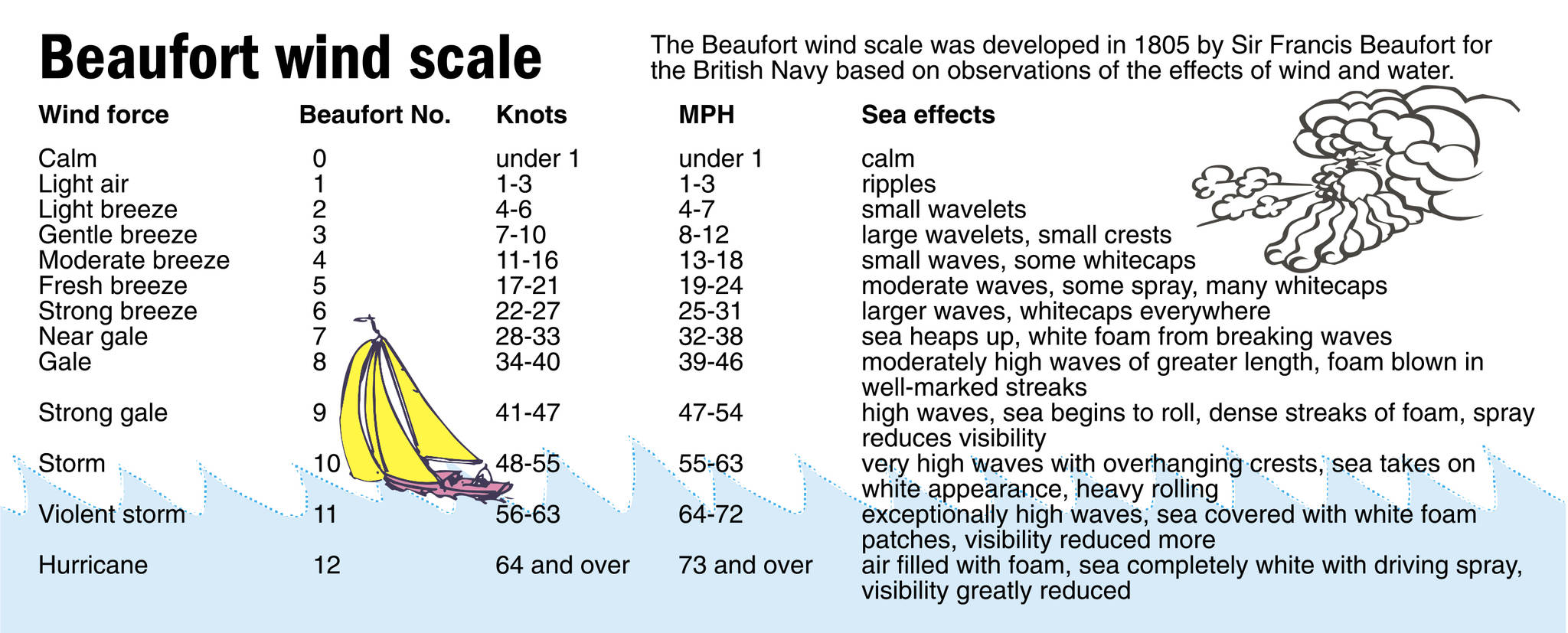EARLY THURSDAY MORNING the 590-foot cargo ship Angelic Zephyr moored to the Port of Port Angeles’ terminal 3.
The Panamanian-flagged vessel will remain in port for about a week as longshoremen load her with debarked logs that were harvested from private land in Western Washington.
The logs will then be shipped to China, where they are used exclusively in constructing high-rise commercial and residential housing.
At the beginning of the week, there was a self-loading log barge, Z Big 1, taking on logs from the Port of Port Angeles log boom at the west end of the harbor.
Once loaded, the barge will be taken under tow by the 142-foot tug John Brix and taken to the Georgia Pacific mill in Coos Bay, Ore.
Sweet yacht
Platypus Marine, the full service ship yard, steel boat builder and yacht repair facility on Marine Drive in Port Angeles has Silverado in the Commander building.
She was built by Willard Boat Works of Costa Mesa, Calif. in 1974 for Harry See of See’s Candy.
At the time, she was the largest fiberglass yacht ever built.
Platypus personnel are painting the hull and applying a fresh coat of bottom paint.
Winter winds
Now that Thanksgiving is behind us we can now look forward to Christmas and an immediate future with a fair amount of wind.
Wind speed is quantifiable and therefore can be measured.
Ships, boats, airports and many waterfront buildings are equipped with anemometers that measure the direction and speed of wind.
Absent an anemometer, using the Beaufort wind scale is a handy guide in determining wind speed based on the observed conditions of the sea.
Mariners have for centuries used the turbulence in the seas to gauge wind speed but there was no standard scale.
As a consequence their observations could be very subjective — one man’s “stiff breeze” might be another’s “soft breeze.”
In 1805 Admiral Sir Francis Beaufort (1774-1857), serving aboard the HMS Woolwich, developed a system for estimating wind strengths without the use of instruments.
Beaufort’s scale was based on the effect of various wind speeds on the amount of canvas that a full-rigged frigate of the period could carry.
He first mentioned it in his private log on Jan. 13, 1806, stating that he would “hereafter estimate the force of the wind according to the following scale …”
The scale has undergone a number of revisions, the last of which was around 1960.
Practical use
In my household, a graphic of the scale is kept within reach of the telescope which is pointed out to sea.
That way a user is able to easily observe the waters in the Strait of Juan de Fuca, determine the wind speed and then refer back to the real time data provided by NOAA and make certain their equipment is accurate.
Others along the waterfront have devised their own methodology for measuring wind speed.
Chuck Faires, the former harbormaster at Port Angeles Marina, once told me that his father Joe Faires, who was the harbormaster from 1952 to 1982, used to cast a glance at the smoke stacks of the paper mill to get a sense of the wind.
If the plume of smoke coming out of the smoke stack was going straight up there was little to no wind.
If the smoke was coming out at right angles to the stack then the wind speed was about 25 knots and if the smoke was laying down on the water, the wind speed was approximately 35 knots.
Since Chuck’s youth this approach was known to him as the Joe Faires wind scale.
_________
David G. Sellars is a Port Angeles resident and former Navy boatswain’s mate who enjoys boats and strolling the area’s waterfronts and boat yards.
Items and questions involving boating, marina and industrial activities and the North Olympic Peninsula waterfronts are always welcome. News announcements about boating groups, including yacht clubs and squadrons, are welcome as well.
Email dgsellars@hotmail.com or phone him at 360-808-3202.
